Orchids are favored by many flower lovers. This plant has many varieties. Each variety has its own flavor. growing an elegant and chic orchid pot at home will instantly enhance the quality of your home air and level up your home decor game. Taste!
Orchids are very beautiful and easy to grow. However, they can be affected by different factors leading those beautiful flowers to look dead. The most common factors are watering, fertilization, light, temperature, etc. are all things you should question once you see any abnormalities in your orchids.
It is very common for orchids to suffer from black tips on the leaves. So if you have noticed the leaves becoming darker on your lovely flower and want to know the causes, you came to the right place.
Read more: Can Plants See?
Before we discuss orchid leaf blackening, let’s classify some of the possible causes first. Leaf blackening can occur due to natural causes, improper management, and bacterial infection. Let’s analyze the reasons and solutions one by one.
1. Natural Causes
The darkness of orchid leaves due to natural factors is often caused by low humidity, especially in winter. Usually, the tips of orchid leaves turn black. This happens due to the imbalance in the water content of the orchid leaves and insufficient humidity.
The same problem also manifests itself during periods of high temperatures and rain. This phenomenon can also happen because of poor air quality. Meaning, the air around the plant is not fresh and clean.
Therefore, to increase the level of humidity in the air, try to spray water in the air once in a while or just place a bowl of water next to the orchids. This way, your orchids will be in a proper growing environment and can effectively prevent the problem of blackening of the leaves.
Orchid cultivation is best placed in the half-shade where the hot rays of the sun don’t affect it. Also, they need to be placed in areas where the heavy rain doesn’t reach them.
The darkening of the leaves due to rapid changes in climate can be alleviated to some extent. If it is an air quality problem, it is estimated that the general home environment cannot be changed.
2. Improper Management
Black leaves on orchids caused by improper management are generally caused by either high exposure to light, low exposure to light, excessive watering, under watering, too much fertilizer, or the excessive use of pest sprays.
Therefore, growing orchids in a half-shaded or in a well-lit place can prevent the leaves from turning black. The use of thin fertilizers and special fertilizers on orchids can effectively prevent the occurrence of black leaves.
When managing the fertilizer, you should dilute it to the appropriate concentration prior to spraying. So make sure to follow the instructions and the recommended doses of the product you’re using.
Read more: Watering Shrubs- 101 Tips
3. Reproductive Infections
Black leaves caused by bacterial infections are generally severe. Therefore, the problem becomes more and more serious over a short period of time.
If your plant is infected by bacteria, the treatment and controlling of the situation are going to be much more difficult. So, prevention is more important than treatment.
4. The Most Common Causes Of Black Leaves On Orchids
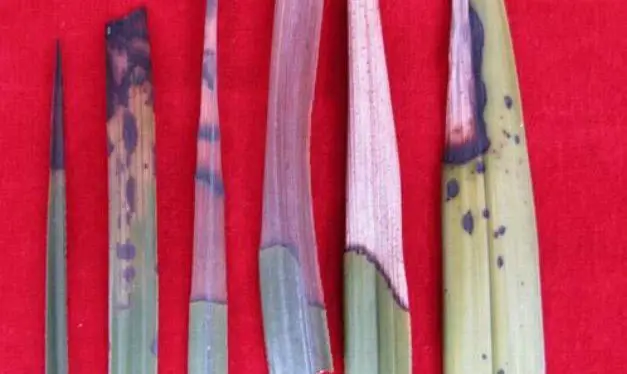
Below, we will introduce the causes of orchid leaves turning black one after another!
1. Brown Spot Disease
This is the most serious disease caused by a bacterial infection. In the early stages of the illness, brown spots start to appear. It would give it a burning kind of look. As if you dipped the leaf in hot boiling water.
This disease is very susceptible to transmission. If you don’t notice it right away, after a short period of time, the entire leaf withers and spreads to the whole plant.
2. Anthracnose
This is a scorch disease caused by fungi. You can detect it by spotting some wavy horizontal black bands on the leaves. Anthracnose cannot be eradicated by cutting off the diseased leaves as this disease is a severe focal disease.
Read more: What is Citrus Anthracnose, Causes, Symptoms, Treatment (Brown leaf spot)
3. Black Spot
This is one of the common leaf diseases of orchids caused by fungi. This type of illness generally appears round at the positions of the leaves and edges. If the affected area seems severe, the whole plant becomes very weak and vulnerable.
4. Leaf blight
Leaf blight is also caused by fungal infections. The disease usually turns the tips of the leaves into grayish-white. This type of disease can lead to a direct death of the plant if not treated immediately.
Areas that intersect normal leaves appear dark brown. In severe cases, the entire leaf becomes dry, and the number of diseased leaves increases.
5. Blight
It is also a focal disease caused by a fungal infection. The dead part is grayish-yellow, but unlike charcoal marks disease, it has no strip marks, normal spots, and normal leaf parts. A dark brown mark appears on the joint.
How to Treat and Control Black Leaves on Orchids
1. Prune Diseased Leaves
Cut the infected and diseased leaves. Cut out part or all of the discolored leaves. If partially trimmed, cut out at least 1 cm of normal leaf color. This way we can prevent reinfection and infection.
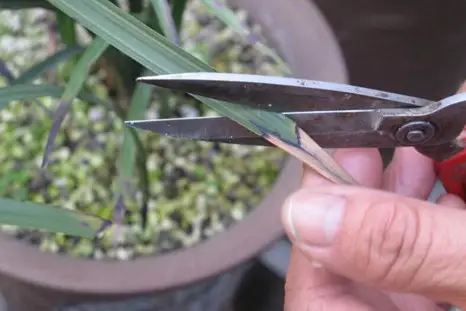
2. Symptomatic Prevention and Treatment
Symptoms need to be distinguished before taking any medication to prevent and treat your orchids. Firstly, you must check whether the main problem is a bacterial infection or a fungal disease.
If the cause is a bacterial infection, it can be controlled using the insecticide phytochelatin streptomycin. If the cause is a fungus, you can use a treatment that contains either methylbutane or chlorothalonil.
However, if you are not sure what caused the problem, you can use both bacterial and fungal treatments together to get more results with less effort.
Read more: How to Save and Revive a Dying Lemon Verbena Plant (Aloysia)
3. Control It On Time
We need to be proactive in addressing the problem of leaf disease and need to deal with it on time. Otherwise, small problems become big problems, delaying the best chances of rescue and leading to the death of the orchid.
Fungal and bacterial treatments can be used together or separately. Therefore, in early spring, you can start spraying regularly every two-three weeks. The best way to have beautiful and healthy-looking orchids is to prevent diseases before they occur.
4. Pay More Attention
Diseased plants with black leaves should not be sprayed with water. Spraying water directly causes the disease to develop more rapidly; water causes the bacteria to spread faster.
Orchid leaves are usually dusty. The leaves need to be cleaned in time so that they can improve photosynthesis, promote plant health, and reduce the possibility of disease.
Conclusion
The above are common reasons leading to orchid leaf blackening and the corresponding control techniques. Cultivating orchids is not simple.
Like anything that is beautiful, it requires a certain amount of effort to glow even shinier. Orchids are simply gorgeous and are worth the time and effort spent on them. They are truly rewarding!
Follow us on our socials

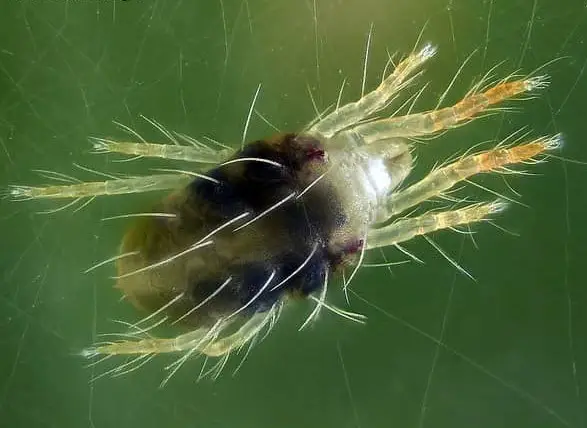
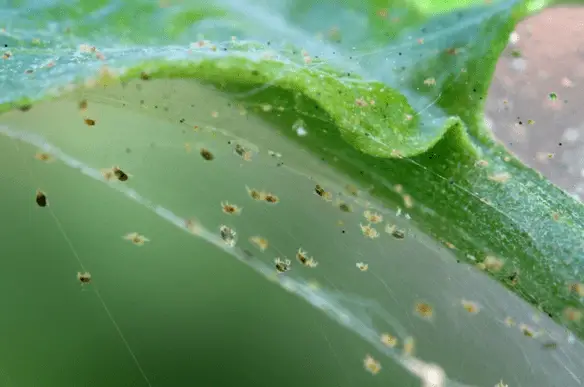
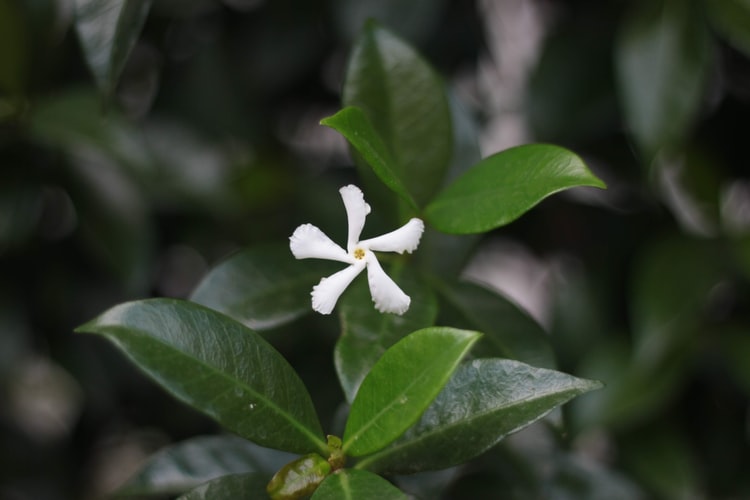
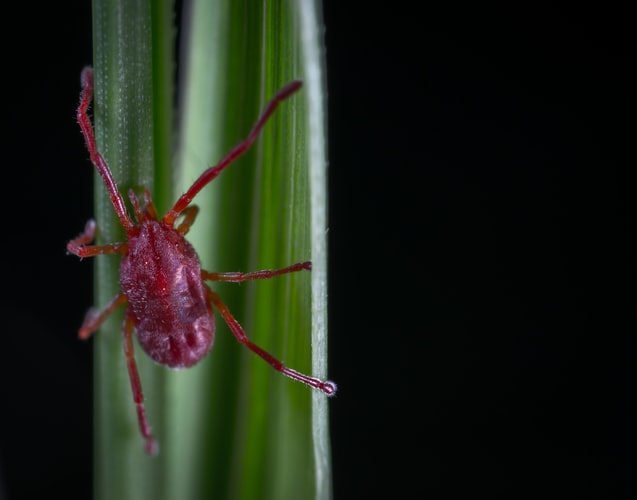
My neighbors gave me her sick dying orchid to see if my green thumb could save it. I cleared away the dark dying roots and repotted it in fresh clean bark and gave it a good watering. But I noticed it has dark black edges on its largest leaf. And the leaf is limp. Should I cut this leaf off. Or is the whole plant sick. She had it in a window that got sun all day and rarely watered it. It’s in sad shape. Want to save it if possible. HELP what can I do to breath life back into this poor mistreated Orchid.
You can send us your sick orchid photos via our social platform and we will try to examine it and tell you what you can do.